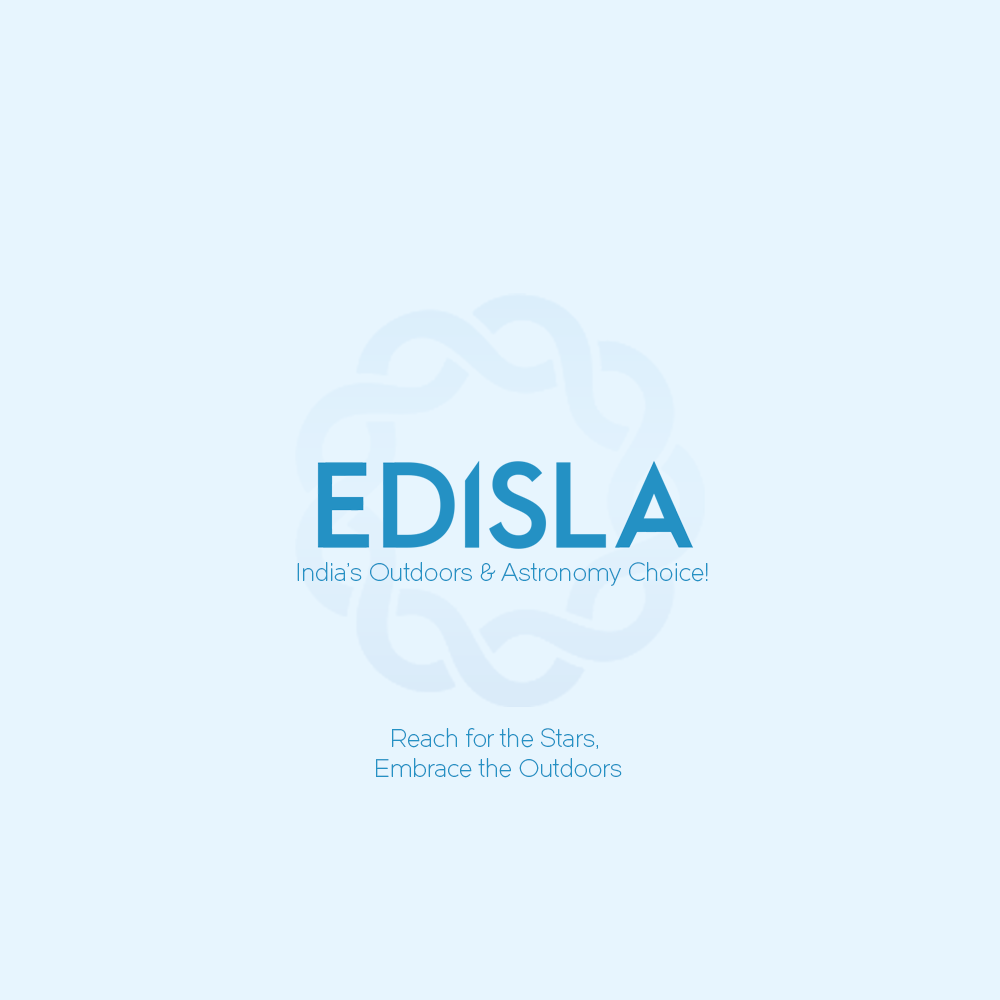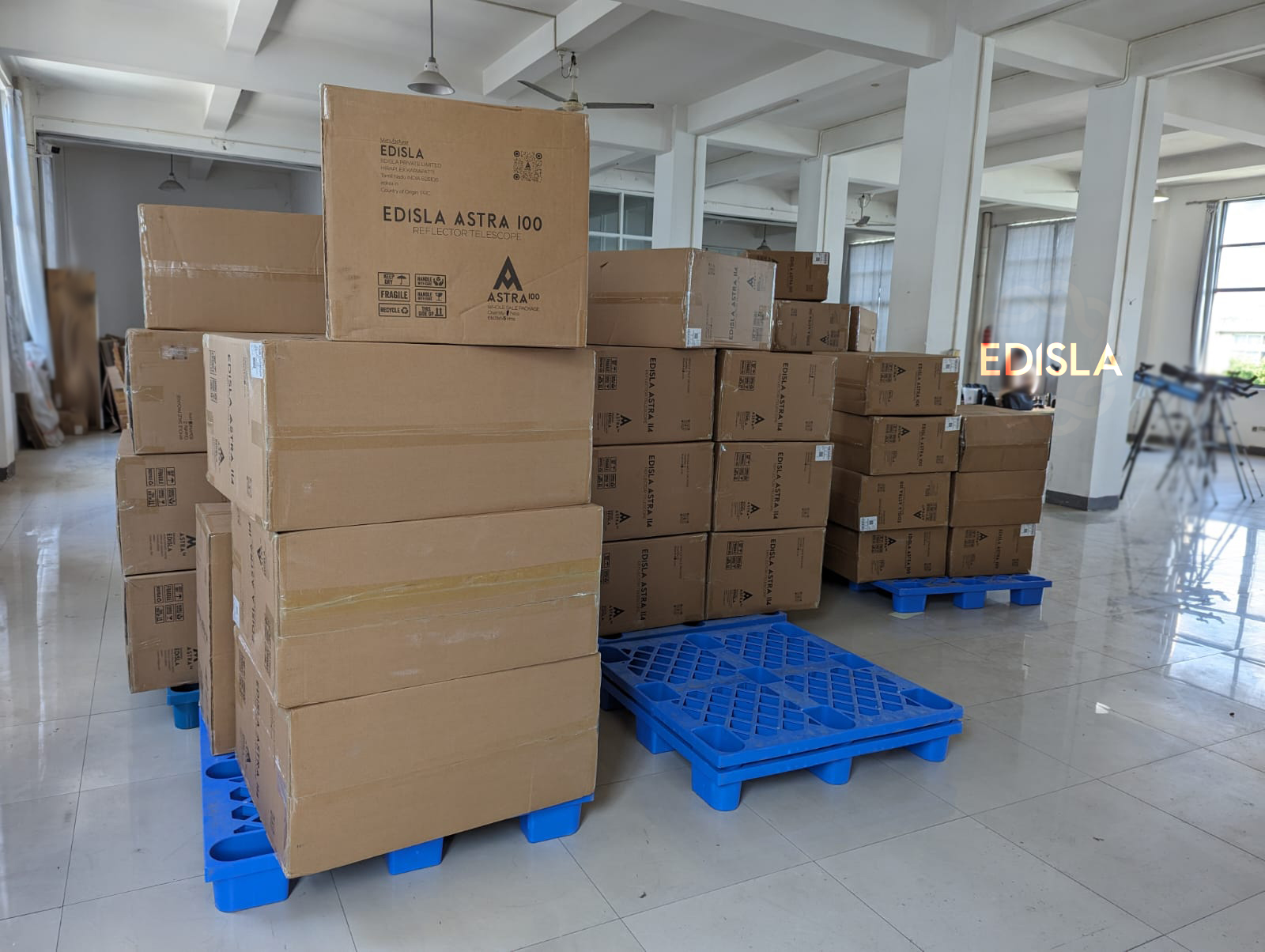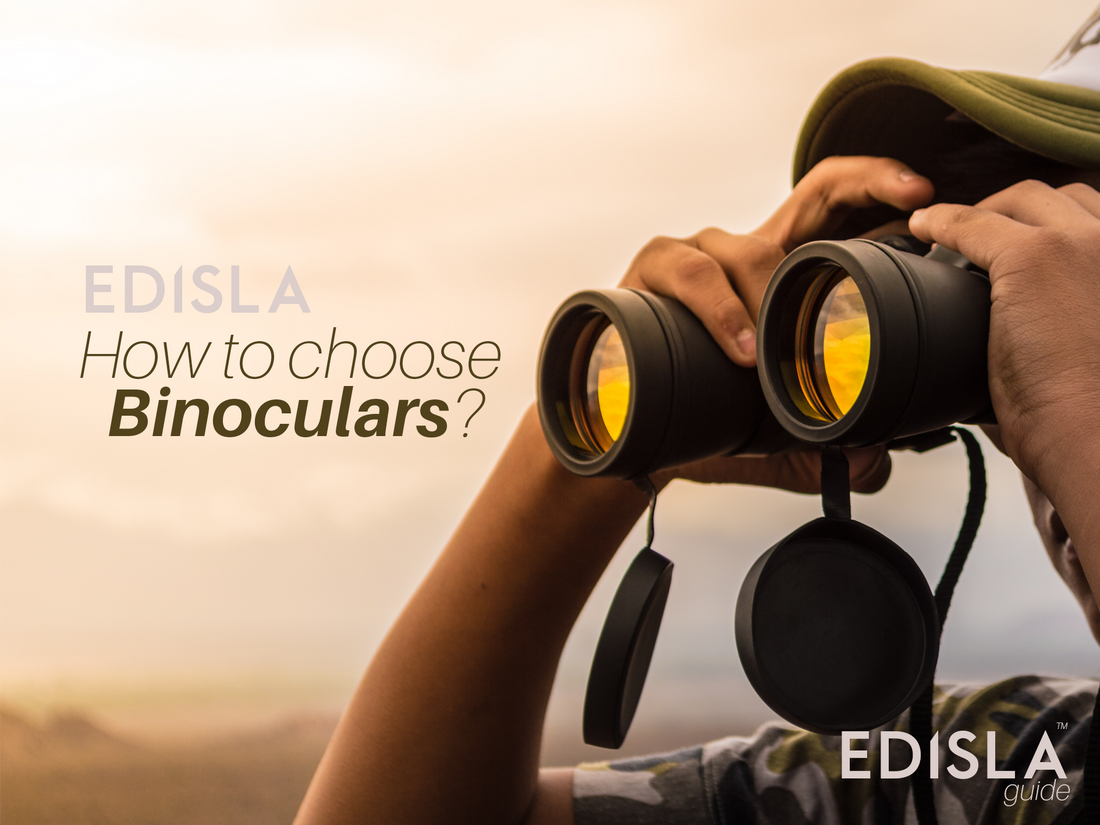
How to choose binoculars: 6 Point Guide from EDISLA
Everybody has handled a pair of binoculars at some point. Binoculars are a common tool that can be used for activities such as bird watching, stargazing, and surveillance. They provide a magnified view of distant objects, making them a useful tool in many situations. Simply, a binocular is a handheld telescope that is used to magnify distant objects.
Historically, the earliest uses of binoculars were for astronomical purposes. The modern configuration of the refracting terrestrial telescope was in place perhaps in the late 1600s or by the mid-1700s. The modern form of prism binoculars was not available until 1894.
We rarely need that stuff outside of a vacation, and even then only if we're visiting a particularly scenic place. For instance, if you are visiting a national park, you are likely to find binoculars very useful in order to observe wildlife from a distance
Many people take binoculars for granted, but there are sports fans, hikers, and bird watchers who take them seriously. Binoculars are not just for vacationers or birdwatchers. They can be incredibly useful for anyone who wants to see things more clearly from a distance. For instance, binoculars can be used for spying, hunting, or even just observing the stars.
Before buying, these consumers know what they want. Buying a pair of binoculars is like buying a car. Different consumers have different needs, so they are looking for different features, such as magnification, lenses, and durability. Each consumer needs to shop carefully to make sure they get the right pair to meet their needs.
What do typical users do? These tips will help you choose the right pair of binoculars.
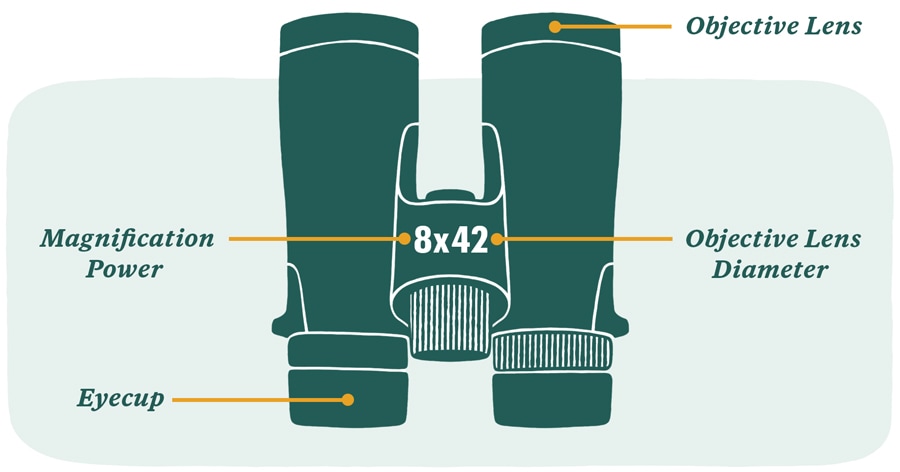
#1 Magnification
In binoculars, the X-value represents magnification. 10x means the subject looks ten times bigger through binoculars. It's difficult for the human eye to see objects farther than 100 meters away, so a bird 1,000 metres away looks 100 metres away to us. For everyday use, the sweet spot is 7x to 12x magnification; anything higher requires a tripod.
#2 Diameter of the objective lens
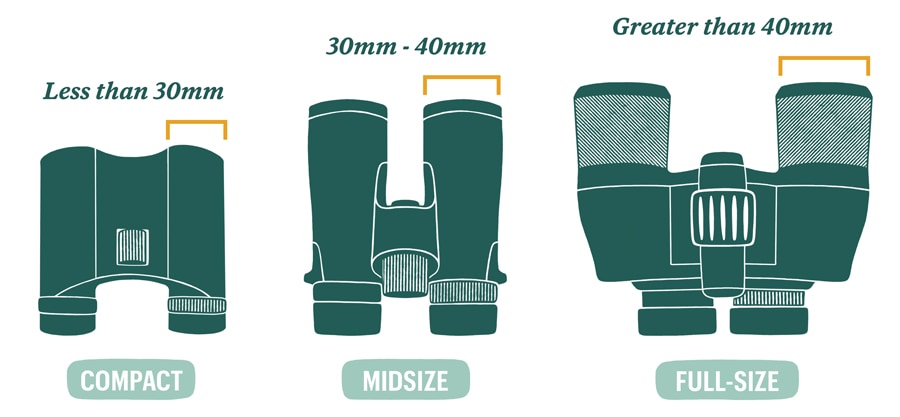
Lenses that aren't eyepieces are objective lenses. It is significant to consider the size of this lens because it determines how much light will enter the binoculars. Due to this, larger objective lenses are recommended for low-light viewing. An x is followed by a millimetre-sized number which indicates the diameter of the lens. When comparing magnification to the ratio, 5 is ideal. An 8x40 lens produces a brighter and better image than an 8x25 lens due to its larger diameter.
#3 Lenses and coatings
Lens coatings minimize light loss due to reflection and allow as much light as possible to pass through. At the same time, superior lens quality ensures that the final product will be more sharp and contrasty. A high-quality lens lets more light pass through, making it ideal for dim lighting. Aside from this, they make sure that the colors do not become washed out or distorted. A high eye point is recommended for people who wear glasses.
#4 Field of View and Exit Pupil
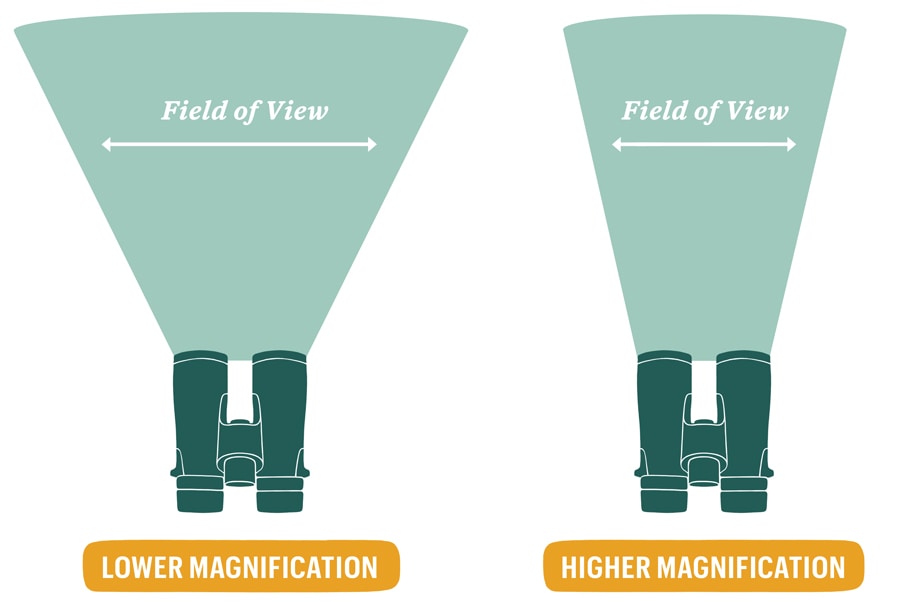
FoW indicates the diameter of the area seen through the glasses in degrees. In general, the larger the field of view, the larger the area you can see. Likewise, your exit pupil is what your pupil sees when it looks through the eyepiece. The exit pupil is calculated by dividing the lens diameter by the magnification. For twilight and dark conditions, a 7mm exit pupil provides optimum light to a dilated eye.
#5 Weight and eye strain
It is important to take into account the binocular's weight. When you stare through binoculars for too long, you may experience eye fatigue. See if looking through binoculars causes eye strain. For long periods of time, low-quality binoculars can cause eye strain, but high-quality binoculars are designed to be used without discomfort.
#6 Waterproof
Since binoculars are intended to be used in the great outdoors, they must be watertight; this feature is commonly denoted with the letters "WP." Standard models can only endure a few minutes under water, whereas premium models can withstand being submerged for several hours and still function.
Hope Team EDISLA has helped you pick a binocular. But if you still can't decide, try asking a bird- they always know what's best! LOL ;)
